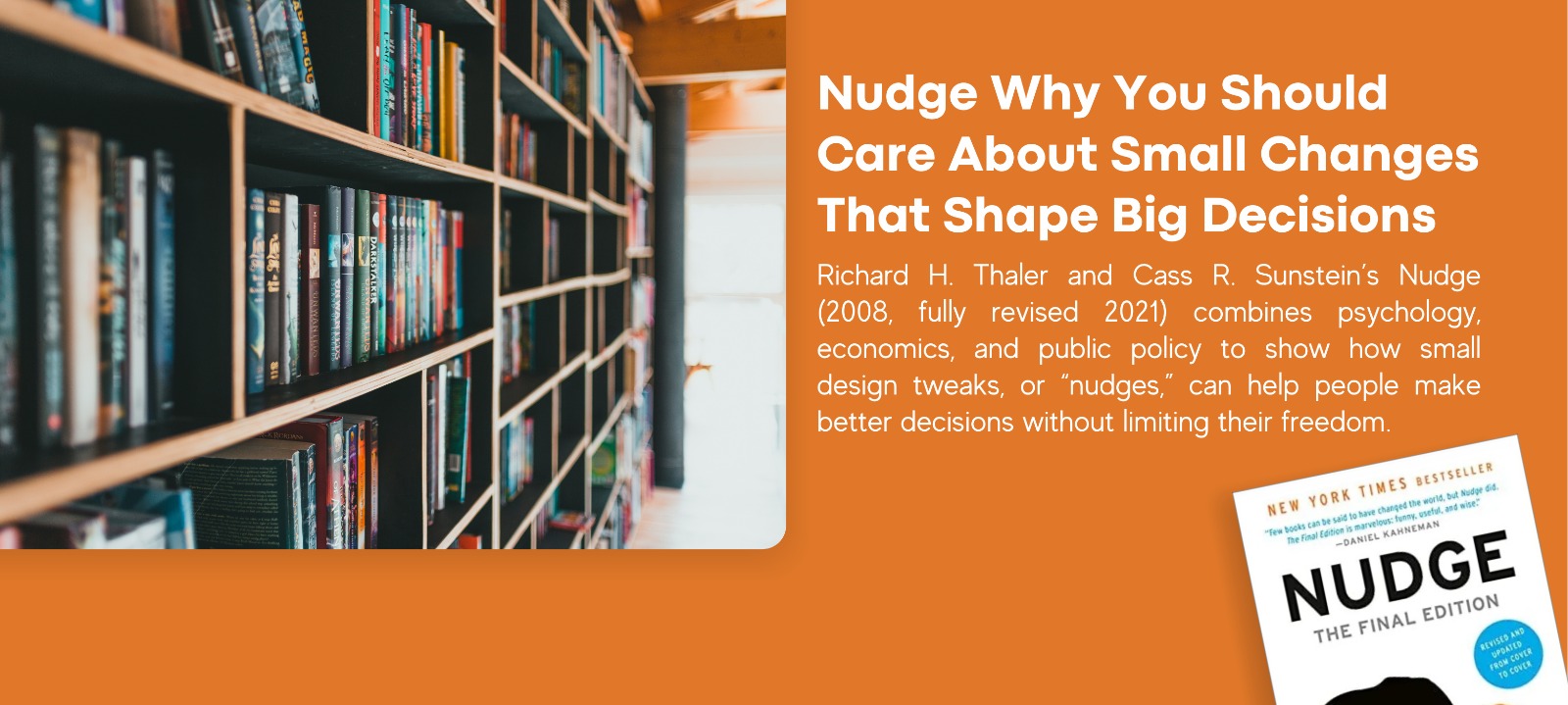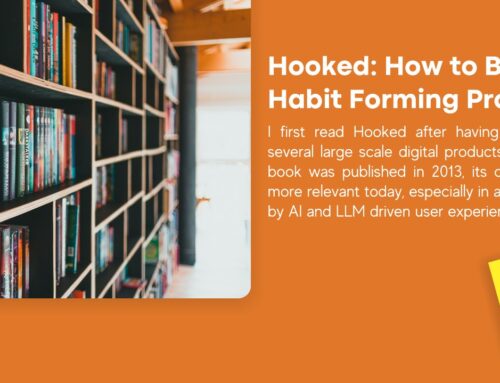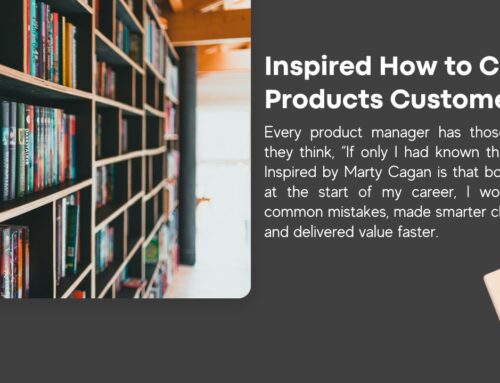Richard H. Thaler and Cass R. Sunstein’s Nudge is one of those rare books that changes how you look at everyday choices. First published in 2008 and now completely revised in the Final Edition (2021), it blends psychology, economics, and public policy to show how tiny design tweaks called “nudges” can guide people toward better decisions without taking away their freedom.
The Big Idea
We like to think of ourselves as rational, but we are not. The book contrasts “Econs,” who are perfectly rational, with real-life “Humans” who procrastinate, follow the herd, overvalue immediate rewards, and stumble through complex choices such as mortgages or retirement savings. A nudge is a way to structure choices so people are more likely to do what benefits them while still keeping the option to say no.
Key Insights
Choice Architecture Matters
How options are presented changes what people choose. Cafeteria layouts, search result orders, or product displays can push people toward healthier or more profitable decisions without removing freedom.
In product management or marketing, the way you display options changes the outcome. Think about internal search: if the first results shown are best sellers, highest-rated, or most profitable, those items will sell better. Placement drives behavior. At Postmedia, where I worked with National Post and Toronto Sun, we tracked this by pushing article rank into Google Analytics as a metric. Then we analyzed the average clicks depending on placement. The higher the rank, the stronger the click-through rate.
Defaults Are Powerful
Most people stick with the default. Automatic enrollment in retirement plans or pre-set options in systems drive long-term results because humans tend to go with what is already selected.
Did you know that under GDPR and CASL rules, you cannot have a pre-checked box for email subscriptions? The default must be opt-in, not opt-out. Defaults matter in product design too. In Style Your Space, the question is: which styles should be auto-rendered by default? A smart default can shape the entire customer experience without the user realizing it.
Sludge
Sludge is the dark side of nudging. It is when organizations add friction to slow people down or trap them, such as making it hard to cancel a subscription or compare fees.
The first time I read about sludge I loved the concept. If you want to make something hard, you increase friction. People give up. You see this when unsubscribe processes are buried or forms are long and confusing. Can AI help reduce sludge? Absolutely. Instead of forcing someone to read through dozens of pages, they can take a photo of the document, upload it to an AI tool, and ask questions directly. That removes friction and turns sludge into flow.
Smart Disclosure
More information is not always better. People need information that is simple, timely, and comparable so they can map choices to real consequences.
In product management or marketing, smart disclosure is about giving just enough information at the right time. Think of price breakdowns that show shipping and taxes clearly before checkout, or labels that compare features side by side. For internal tools, it could mean dashboards that surface key KPIs at a glance rather than burying them in reports.
Save More Tomorrow
One of the most famous nudges asks employees to commit now to saving more in the future as their salaries increase. This painless commitment boosts long-term financial security.
This idea is about making commitments today that improve behavior tomorrow. In the workplace, you can apply it to skills and professional growth. For example, committing your team to learn new AI tools in small increments each quarter ensures continuous improvement. In marketing, you can design loyalty programs that gradually increase customer benefits over time, nudging them to stay engaged and spend more without a hard sell.
My Take
Nudge feels less like a theory book and more like a practical playbook. As I read, I kept drawing parallels to my own work. In product management and marketing, every interface, prompt, or reminder is a form of choice architecture. Even with AI, prompts act as nudges. The way we frame a request shapes the type of answer we get. This connection made the book resonate even more with me.
Why You Should Read It
If you are interested in human behavior, product management, or marketing, Nudge gives you practical ways to make life easier, healthier, and smarter. It is not about forcing people. It is about giving them a gentle push in the right direction.
- Rating: 4.5 out of 5
- Buy Nudge: The Final Edition on Amazon





Leave A Comment